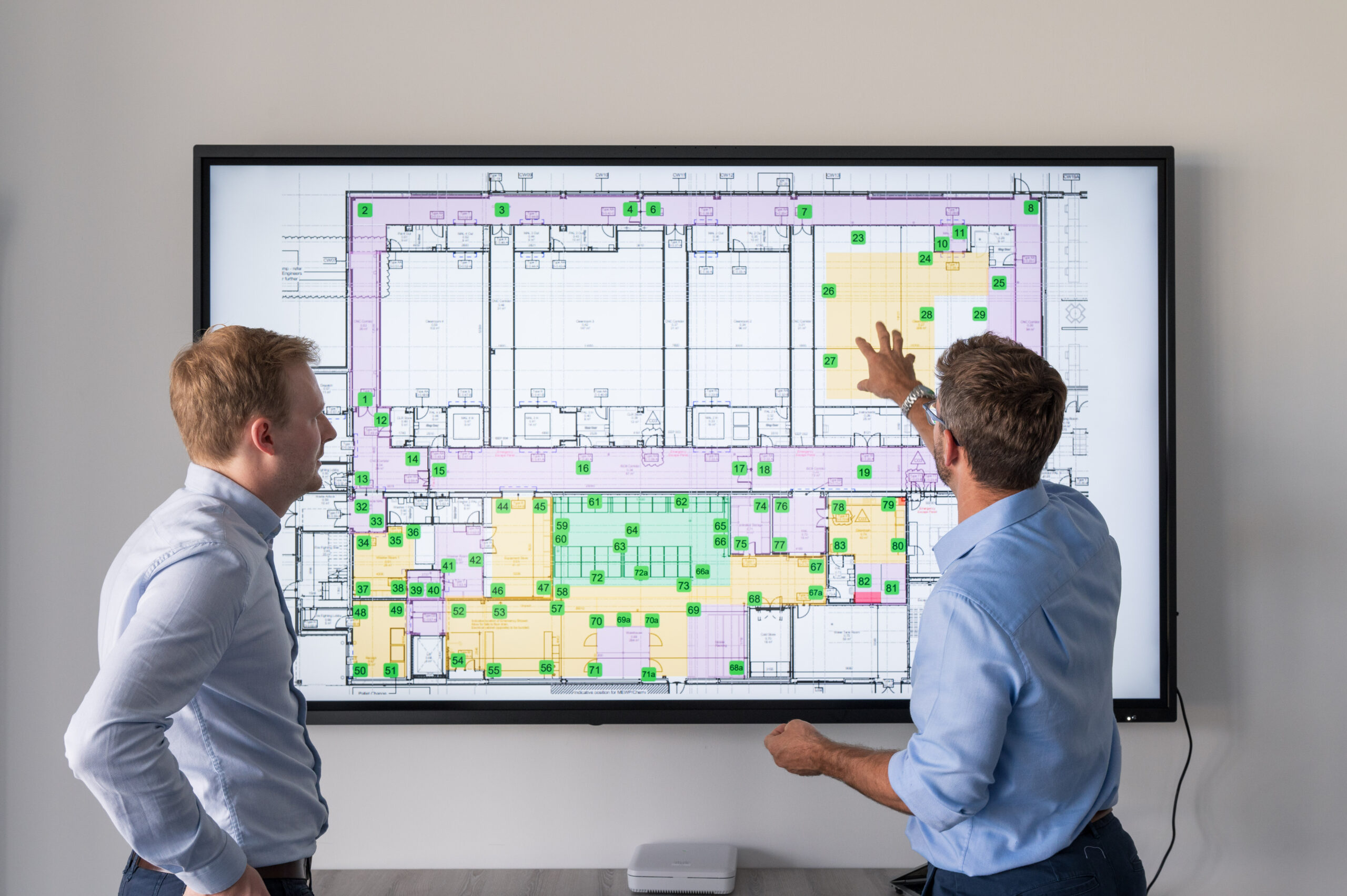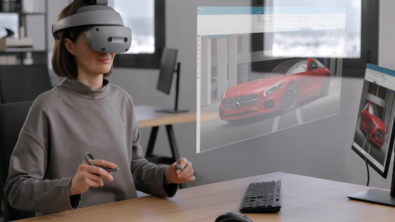The future of manufacturing: IT/OT convergence success at Siemens’ Bad Neustadt factory

In the dynamic landscape of modern manufacturing, the convergence of Information Technology (IT) and Operational Technology (OT) has gone from mere trend to strategic necessity. In today’s fiercely competitive environment, efficiency and minimal downtime are paramount to success—hence why IT/OT convergence has become a central piece of modern manufacturing, offering a spectrum of benefits including streamlined processes, predictive maintenance and data-driven insights.
Despite its many benefits, the journey towards IT/OT convergence presents its share of challenges. Fortunately, Siemens’ own factory in Bad Neustadt is currently undergoing an IT/OT convergence transformation and we’re here to share what they’ve learned. The Thought Leadership Team at Siemens Digital Industries Software recently had the opportunity to interview Peter Zech, Head of Innovation and Digitalization and Heiko Dickas, Team Leader for IT, both instrumental in the convergence of IT/OT at Siemens’ Bad Neustadt factory. In this Q&A, Peter and Heiko reveal the steps taken, hurdles encountered and the transformative outcomes they have experienced so far with IT/OT convergence within Bad Neustadt.
Peter, Heiko, thank you for joining us to discuss IT/OT convergence at your factory in Bad Neustadt. To begin, I would like to ask, what does your factory produce, and problems were you trying to solve that led you to consider the implementation of IT/OT convergence?
Peter Zech: Bad Neustadt we produce electrical motors for MC Drives systems.
Heiko Dickas: We are running a high variance, high volume production. We do this in a Make to Order approach, which means we are always producing for a specific customer that expects his motor in time.
Peter Zech: Our factory target picture is “modular automation by using autonomous material transport and AI (Artificial Intelligence) applications on shopfloor.” Going in this direction and achieving this, IT/OT is an important enabler. We see the enormous potential that comes with the IT/OT convergence – fast root cause identification and in general a deeper understanding of process dependencies in a complex environment.
Once you made the decision to adopt it, what were the first steps and actions you took to implement IT/OT convergence?
Peter Zech: We started with an OT centric ecosystem based on Insightshub, where we connect all our important machines. The first step after our decision to bring IT and OT closer together was the extension of the ecosystem to enable use cases that require data from both worlds. We implemented specific interfaces to our ERP (Enterprise Resource Planning) and MES (Manufacturing Execution System) systems and added further capabilities for data storage and data processing to the ecosystem.
Peter Zech: Looking into the future we see that we need to implement standards. We will extend our guideline for new machines with requirements that will help us to implement IT/OT use cases faster. An example is that all product related data that are measured in a machine must be linked to the individual product to allow later correlation.
Clearly, IT/OT convergence does not happen overnight, and manufacturers will undoubtedly face challenges when beginning their IT/OT journey. So, can you give us insights into the problems and challenges you encountered when implementing your own IT/OT convergence? Both anticipated and unforeseen.
Peter Zech: The amount of data becomes bigger, and you must handle complex data structures. Due to this and to keep the data quality on the required level, you need to work cross functionally and involve both data engineers and domain experts. That is why we are onboarding data only if we have a related use case. We have found that this is the best way to make sure the data is quality when a domain expert works with it.
Heiko Dickas: A second challenge is linking different data sets together. Here it is important to link all data to a product or process. That requires the product and component identification and detection devices on the machines (e.g. RFID (Radio Frequency Identification) etc.). To generate and consume these joined data sets in an efficient way, further technologies like semantic models are required. While this is something that we have foreseen, we are still working on the implementation.
Now that it is up and running, any concrete or measurable metrics or successes you can share?
Peter Zech: Well, we are still in the implementation and learning process and so we have not yet quantified all benefits. Nonetheless, we already see benefits in the verification of process times that we have in our bill of processes. With a so-called digital cycle time management, we have been able to improve the master data quality and to identify productivity potentials. In addition, we see massive potential in the data, in the improvement of our value stream simulations and the digital value stream management.
Peter Zech: Another example is our Reduce Test Effort Use Cases where we use data from our MES System and edge technology to skip certain test steps based on a statistical evaluation of a product cluster specific process stability. This helps our factory run much more efficiently.
So far, it sounds like you’re really experiencing immense benefits. Do you have plans for expanding the IT/OT convergence in your factory?
Peter Zech: Yes of course. We will establish the foundation for further applications with the first use cases. That means that we are implementing the necessary technologies, training our teams, onboarding the data and defining first standards. Once we achieve these things, we can scale the IT/OT convergence based on verified data sets and an extended data ecosystem.
What requirements does IT need to understand and work with the data generated at OT level? What understanding does there need to be for the actual interpretation of OT data and how closely do departments have to be interlinked and work on knowledge sharing?
Heiko Dickas: The key is truly collaboration. We already have in our IT and OT teams, a lot of technological expertise when it comes to data processing, automation integration, edge computing and so on. On the other hand, we have our domain experts in the factories that are familiar with the processes and products that generate the data that we would like to utilize. Bringing these competences together to implement use cases that generate benefits on the shopfloor is our approach now and going forward.
Finally, security is a central concern for factories looking into IT/OT convergence. What role does Cybersecurity play in IT/OT convergence? How can you ensure data security, what challenges are there and what are some solutions?
Peter Zech: All technologies and concepts that we are implementing need to be secure from the start. That is a major reason why we are using our own products because we know that our colleagues in the development teams are already taking care of that. Our solution again is teamwork and collaboration. The communication between the technology provider, system integrator, cybersecurity and domain experts in the factory that makes the difference. Only if they all work together can we have a secure ecosystem with secure data.
Thank you again Peter and Heiko for sharing your insights and firsthand experiences with IT/OT convergence at Bad Neustadt.
For more information about IT/OT convergence at Siemens’ Bad Neustadt factory read our blog here.
Siemens Digital Industries Software helps organizations of all sizes digitally transform using software, hardware and services from the Siemens Xcelerator business platform. Siemens’ software and the comprehensive digital twin enable companies to optimize their design, engineering and manufacturing processes to turn today’s ideas into the sustainable products of the future. From chips to entire systems, from product to process, across all industries. Siemens Digital Industries Software – Accelerating transformation.
Comments
Leave a Reply
You must be logged in to post a comment.



I like how this idea challenges conventional perspectives in such a subtle way. Solar